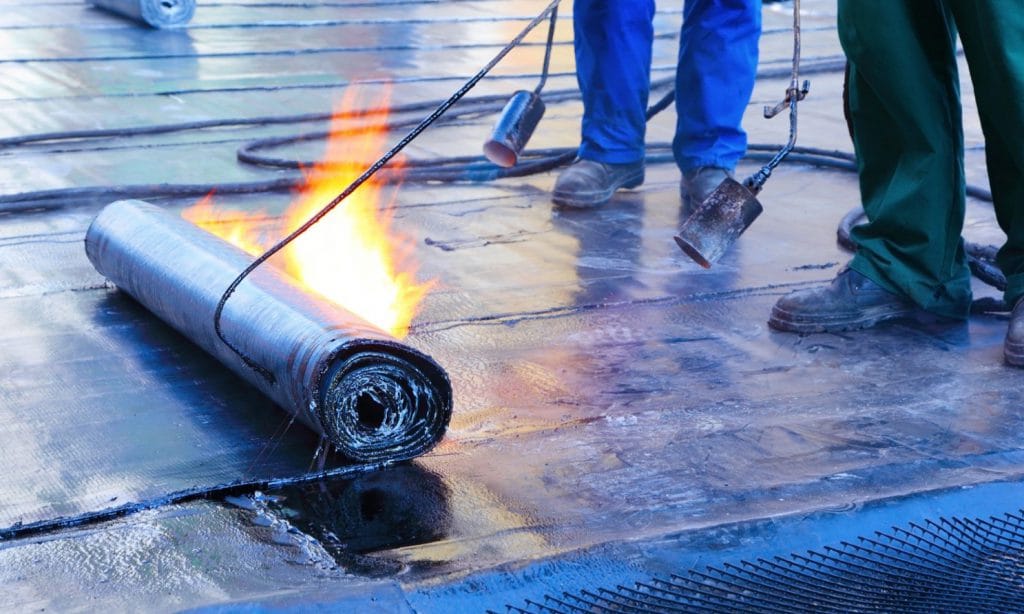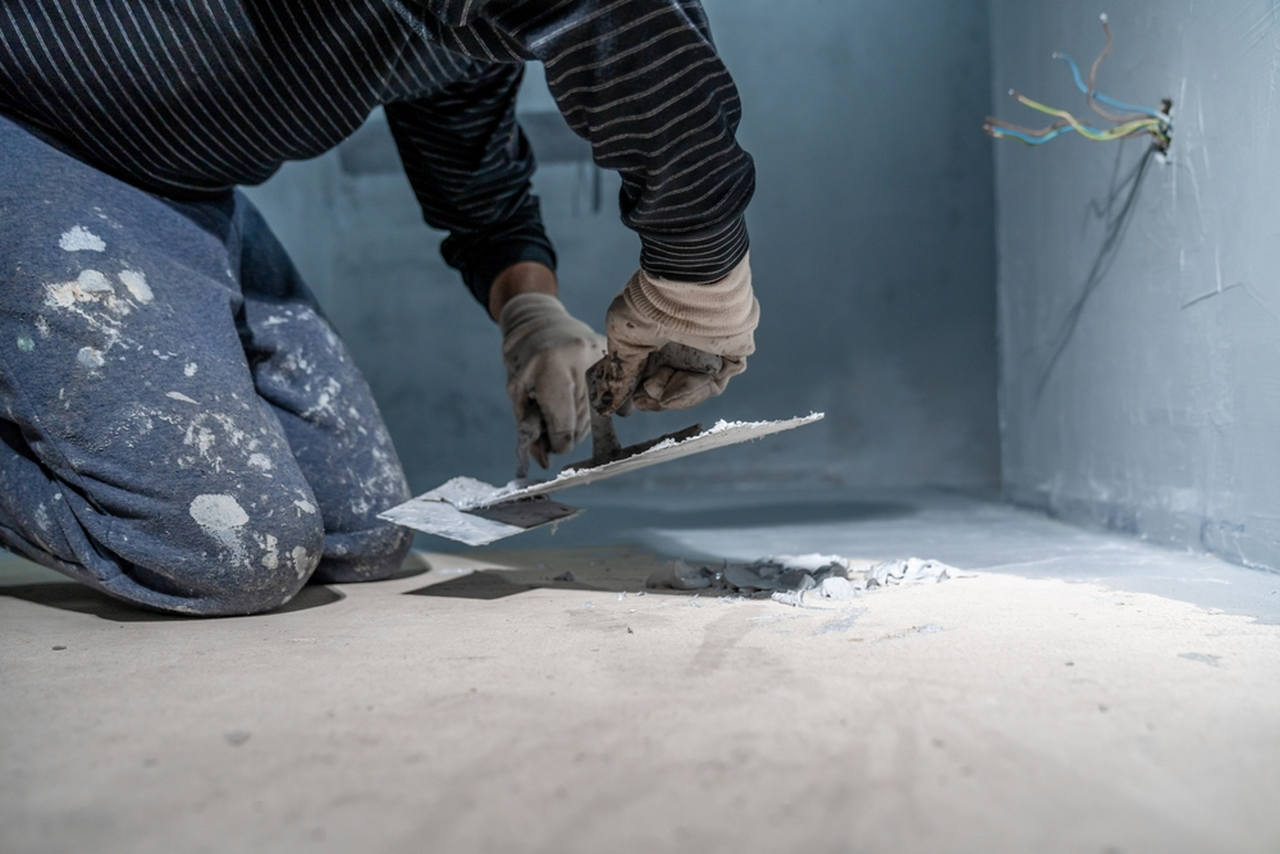How Landscape drainage Omaha Preserves Your Foundation from Heavy Rain
Wiki Article
Kinds of Waterproofing: Checking Out the Various Approaches and Their Applications
Waterproofing is an essential aspect of construction and maintenance. It shields frameworks from the destructive effects of water damage. There are a number of methods readily available, each with its unique applications and benefits. From membrane systems to cementitious solutions, comprehending these options is important for efficient application. The choice of waterproofing approach can significantly affect resilience and longevity. Checking out these various methods exposes their distinct advantages and possible obstacles, motivating further factor to consider of perfect remedies.Membrane Layer Waterproofing Systems
Membrane waterproofing systems work as an essential barrier versus water invasion in various frameworks. These systems commonly contain thin sheets made from products like rubber, thermoplastic, or asphalt, which are put on surfaces to avoid dampness penetration. They can be installed above or below quality and are especially efficient in locations vulnerable to high water exposure, such as basements, roofing systems, and foundations.The installation procedure includes cleaning the substratum, applying adhesives or primers, and specifically fitting the membrane to assure complete protection. Membrane systems can be either totally adhered, mechanically affixed, or laid loose, depending on the particular requirements of the job. They use resilience and adaptability, suiting architectural movements without jeopardizing their waterproofing abilities. These systems can be reinforced with added layers for improved security. Eventually, membrane waterproofing systems are vital for safeguarding structures versus water damages and keeping long-lasting honesty.Liquid-Applied Waterproofing Coatings
Liquid-applied waterproofing finishes give a versatile option for shielding surfaces from water infiltration - French drain installation Omaha. These layers include liquid products that, when applied, create a seamless, versatile membrane. Their adaptability permits for application on numerous substrates, including concrete, steel, and wood. The coverings can be made use of in varied atmospheres, from property to commercial setups, making them appropriate for roof coverings, structures, and below-grade structures.One substantial benefit of liquid-applied layers is their capability to satisfy irregular shapes and permeate splits, developing a robust barrier versus wetness. They usually display outstanding adhesion homes and resistance to UV radiation, guaranteeing durability and resilience. Additionally, the application procedure is typically simple, permitting quick installation and lowered labor prices. This technique also reduces the threat of water pooling, as the continuous layer successfully guides water far from vulnerable locations. Overall, liquid-applied waterproofing finishes are an efficient option for comprehensive water securityCementitious Waterproofing Solutions

Cementitious waterproofing services provide a durable alternative for structures requiring dependable wetness security. These systems mostly utilize a mix of concrete, sand, and chemical ingredients to develop a waterproof barrier. They are frequently related to surface areas such as concrete wall surfaces, structures, and floors, giving a resilient, durable defense against water intrusion.One of the key benefits of cementitious waterproofing is its ease of application; it can be used using a brush, roller, or spray, making it suitable for various job sizes. Additionally, this approach is suitable with several surfaces and can typically be made use of in combination with other waterproofing techniques.Cementitious services are particularly efficient in environments where water exposure is a concern, such as basements or below-grade frameworks. Their exceptional adhesion residential or commercial properties ensure that they bond well with substrates, offering a strong and impenetrable layer against dampness infiltration.
Bentonite Waterproofing
Bentonite waterproofing is a highly reliable technique that makes use of salt bentonite clay to create a natural obstacle versus water. This method makes use of the one-of-a-kind properties visit homepage of bentonite, which expands upon contact with water, securing any prospective leaks and preventing dampness seepage. It is commonly used in different applications, including structure walls, tunnels, and maintaining wall surfaces, where water resistance is essential.Bentonite can be used in numerous types, such as panels or blankets, giving versatility in setup. Its capability to self-seal makes it an appealing alternative for locations based on changing dirt or rising and falling water degrees. Furthermore, bentonite waterproofing is ecologically pleasant, as it is an all-natural material that does not introduce hazardous chemicals right into the surroundings.Water Drainage and Exterior Waterproofing Systems
Efficient waterproofing typically includes a combination of strategies, consisting of water drainage and exterior systems. Drainage systems, such as French drains pipes and sump pumps, are created to reroute water far from structures, reducing hydrostatic pressure versus structures. These systems are necessary in stopping water build-up that can result in architectural damages and mold growth.External waterproofing, on the various other hand, includes applying protective obstacles to the structure's outside. Strategies such as the setup of water resistant membranes, coverings, or sealants can assist bituthene 4000 protect against water seepage. This technique not just secures the foundation but additionally boosts the total sturdiness of the structure.Together, water drainage and exterior waterproofing systems develop a complete remedy to manage water successfully. By executing these strategies, homeowner can secure their financial investments versus the destructive impacts of moisture, making sure long-term stability and safety for their buildings.Regularly Asked Concerns
Just how Do I Select the Right Waterproofing Technique for My Project?
Choosing the appropriate waterproofing technique depends upon aspects such as project type, environmental conditions, budget plan, and desired long life. Evaluating these aspects allows for notified decisions tailored to particular needs and demands.
Can Waterproofing Be Applied in Winter Conditions?
Waterproofing can be applied in winter problems, but it calls for particular products and techniques. Cold temperature levels might influence treating times and attachment, necessitating careful option of items developed for low-temperature application.
What Are the Usual Signs of Waterproofing Failure?
Typical signs of waterproofing failing include noticeable water spots, peeling off paint, wet smells, mold development, and fractures in walls or structures. Water Solutions. These indications recommend that wetness is permeating the barrier, jeopardizing its efficiencyHow Long Does Waterproofing Last Before Needing Upkeep?
The long life of waterproofing differs, commonly lasting in between 5 to one decade. Factors such as material quality, ecological conditions, and upkeep practices affect its longevity, necessitating regular inspections to ensure reliable defense versus water breach.visit their website
Exist Eco-Friendly Waterproofing Options Available?
The concern of environment-friendly waterproofing alternatives exposes a growing interest in sustainable materials (Yard drainage Omaha). Numerous all-natural compounds, such as plant-based sealants and recycled items, provide reliable solutions while minimizing environmental influence, appealing to eco aware consumersReport this wiki page